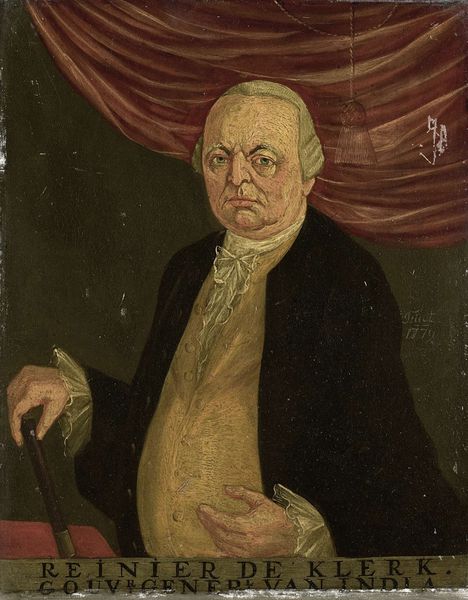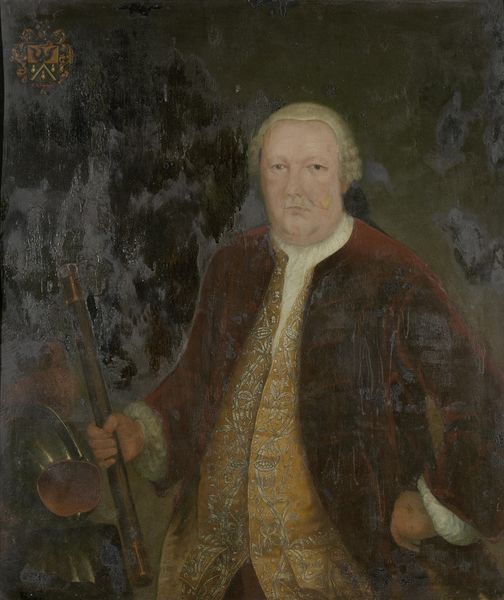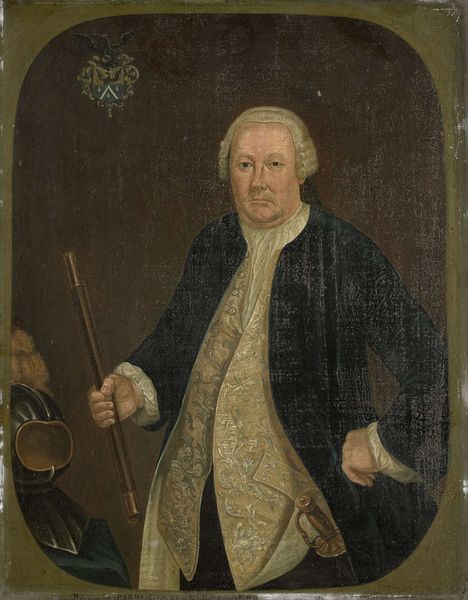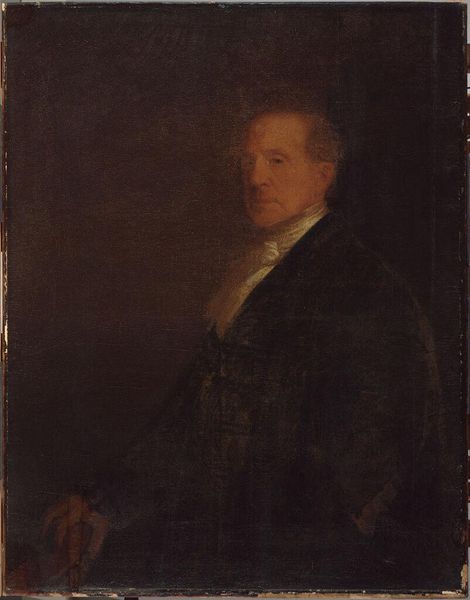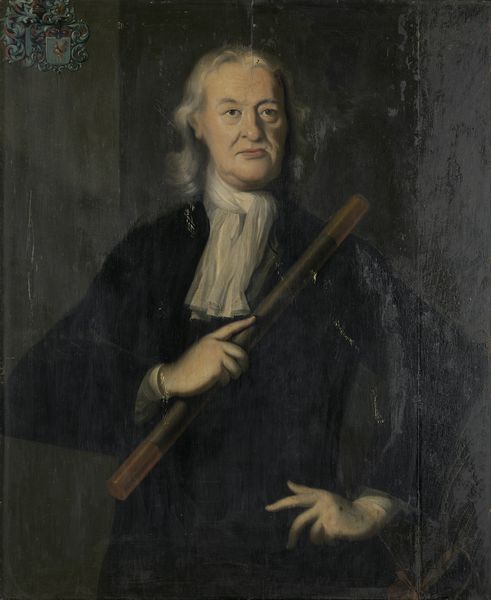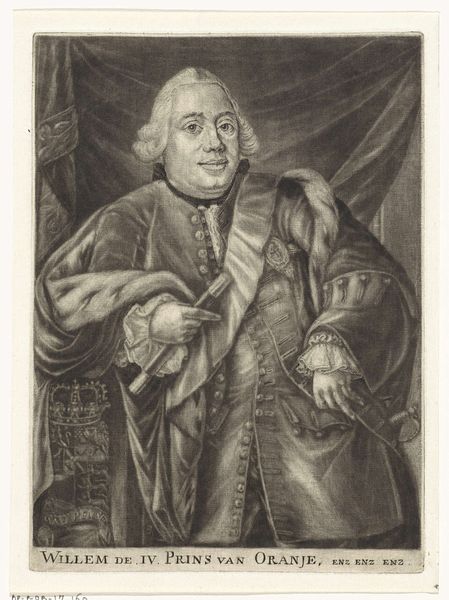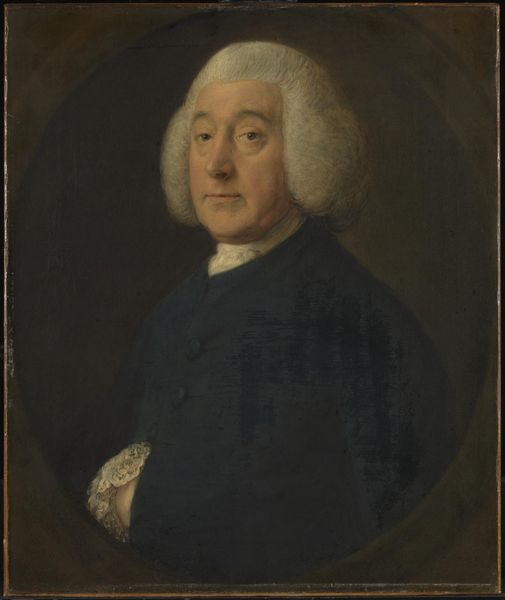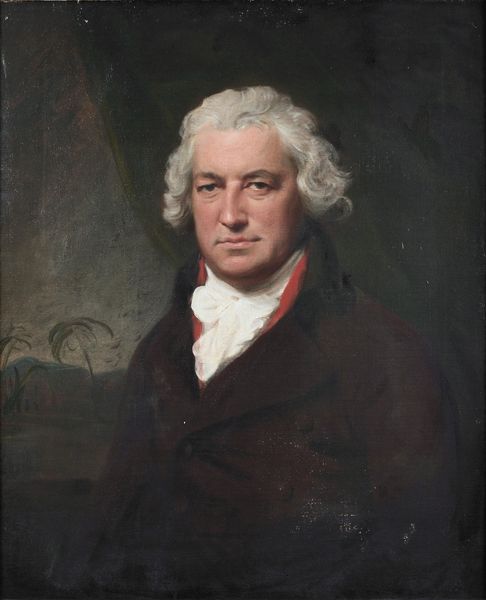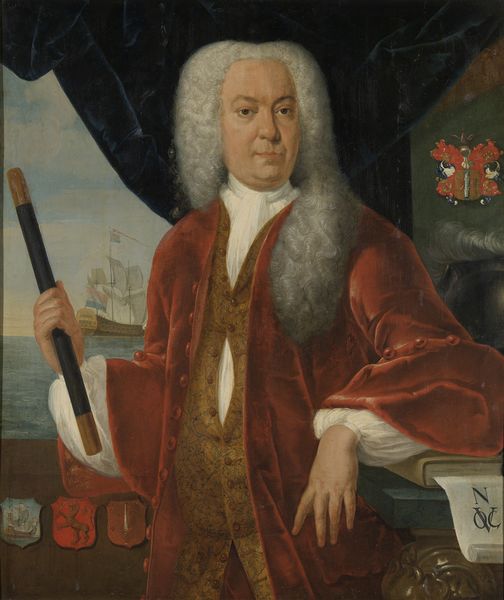
Portrait of Reinier de Klerk, Governor-General of the Dutch East India Company 1777
0:00
0:00
Dimensions: height 105 cm, width 90 cm, depth 8.5 cm
Copyright: Rijks Museum: Open Domain
Editor: Here we have Franciscus Josephus Fricot’s 1777 oil painting, "Portrait of Reinier de Klerk, Governor-General of the Dutch East India Company.” There’s a somber formality to it, almost stern. What strikes you most about this portrait? Curator: The portrait’s somber tone, as you described, speaks volumes. Think about the subject, a Governor-General deeply implicated in the Dutch East India Company. What stories of colonialism and exploitation do you imagine lie behind his composed facade? Do you consider the symbolism of the setting? Editor: Well, there's a coat-of-arms visible in the upper right. Beyond that, it seems like pretty standard Baroque portraiture—heavy on the dark colors and serious expression. Curator: Exactly. And that coat-of-arms signifies power and lineage inextricably linked to colonial governance. Consider how Baroque portraiture often served to legitimize authority. Can we, as viewers, critically engage with this historical representation without romanticizing its aesthetic qualities, given the legacy of violence and oppression? Editor: So, we shouldn't just see a portrait, but an artifact of a specific political and economic system? Curator: Precisely. The seemingly straightforward depiction masks complex power dynamics and the immense human cost of colonial enterprise. Reflect on the labor and resources extracted to fund such displays of wealth and influence. This isn't merely a historical record; it's an active participant in perpetuating narratives of dominance. Editor: I see what you mean. Looking at it that way definitely shifts my perspective. It is hard to ignore the power dynamics present. Curator: Right? When we center our thinking around power dynamics, what first appeared a formal Baroque portrait transforms into a symbol that also communicates the imbalance of power during that period. I’ve found learning about the history and power dynamics has helped my understanding, too.
Comments
No comments
Be the first to comment and join the conversation on the ultimate creative platform.

